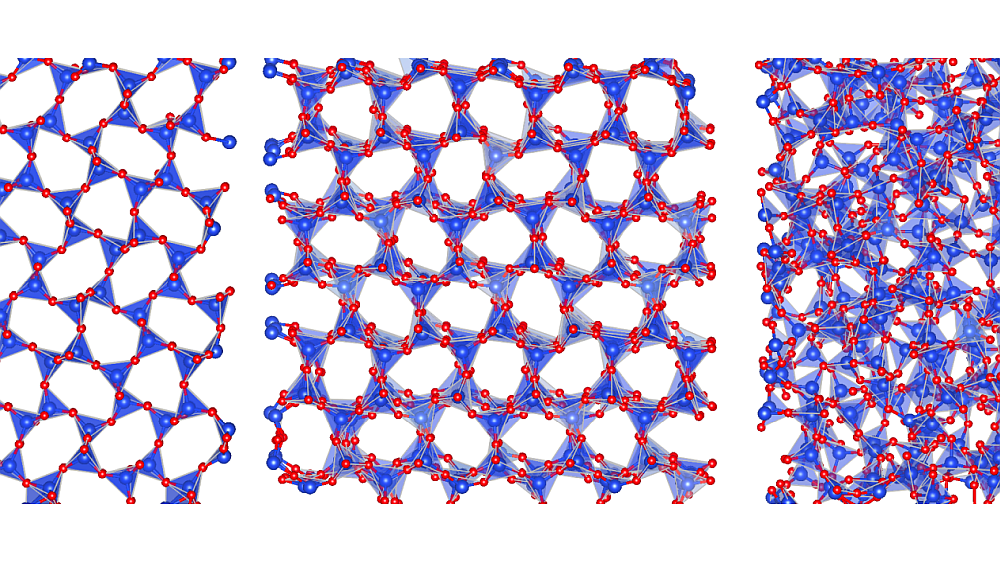The Clive Randall group at Penn State has just published a paper, “Effect of Firing Rates on Electrode Morphology and Electrical Properties of Multilayer Ceramic Capacitors” in the Journal of the American Ceramic Society and available via the Early View option.
The timing is serendipitous—Randall will deliver the Arthur Friedberg Memorial Lecture next week on “Processing Dielectric Oxides—New Opportunities and Challenges.”
With improved processing over the past decade, the volumetric capacitance of multilayer ceramic capacitors has increased significantly. However, as devices are miniaturized, their usefulness is limited by high electrical leakage, which can be attributed to the morphology of the electrode-dielectric interface and microstructural defects, such as porosity and roughness, at the electrode-dielectric interface.
Part of the problem on firing MLCCs is that the barium and titanium (from the BaTiO3 dielectric layers) and nickel (from the electrode layers) form a low-melting Ba–Ti–Ni alloy that leads to electrode instabilities. One way to avoid the problematic alloy formation is fast-firing, i.e., using very high heating rates to reach the firing temperature. However, even with fast-firing, the electrode interfaces are not perfectly continuous and planar, which limits/impedes the device’s performance.
Previous work had established that differences in heating rates leads to very different morphologies. Two batches of MLCC were cofired at ~1280°C for 2 hours and identical atmospheres, but at heating rates of either 150°C/hr or 3000°C/hr. The team used finite element analysis to predict the outcomes.
As expected, the continuity of the electrodes is higher for the fast-fired batch, and measurements show that the capacitance of the device is also higher. Also, impedance measurements showed that the electrode-dielectric interface and grain boundaries contribute to the improved resistance of the MLCC (however, the interface contributes more significantly than the grain boundaries do). The slow-fired batch exhibited a higher concentration of electrode defects, leading to a higher leakage current and confirming FEA predictions.
The group concludes that the interface plays an important role in MLCC performance and that electrode morphology can be controlled to a considerable extent by processing.
See JACERS story, doi:10.1111/j.1551-2916.2011.04880.x
Author
Eileen De Guire
CTT Categories
- Electronics
- Modeling & Simulation

